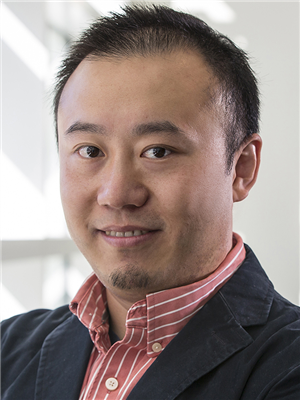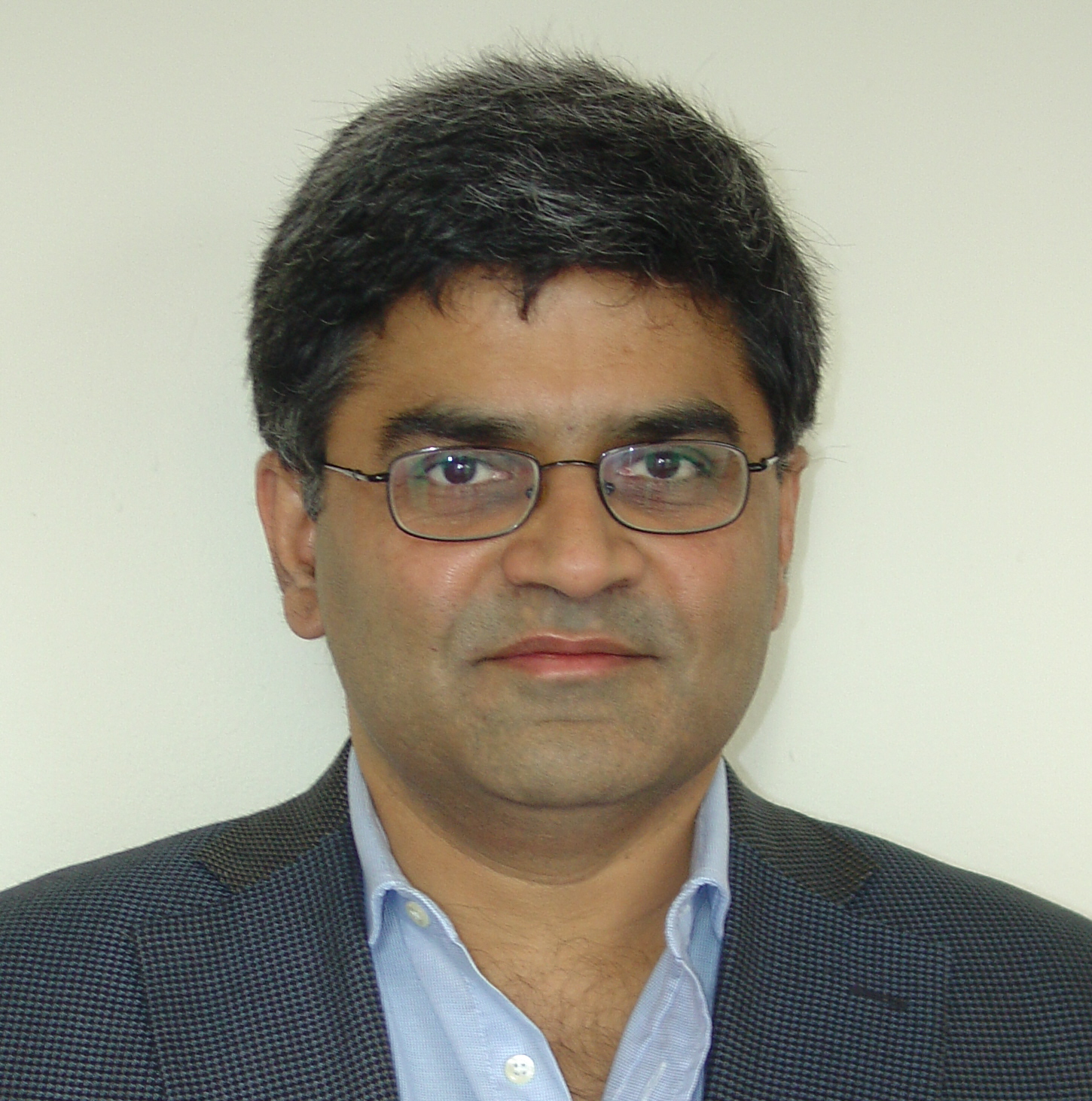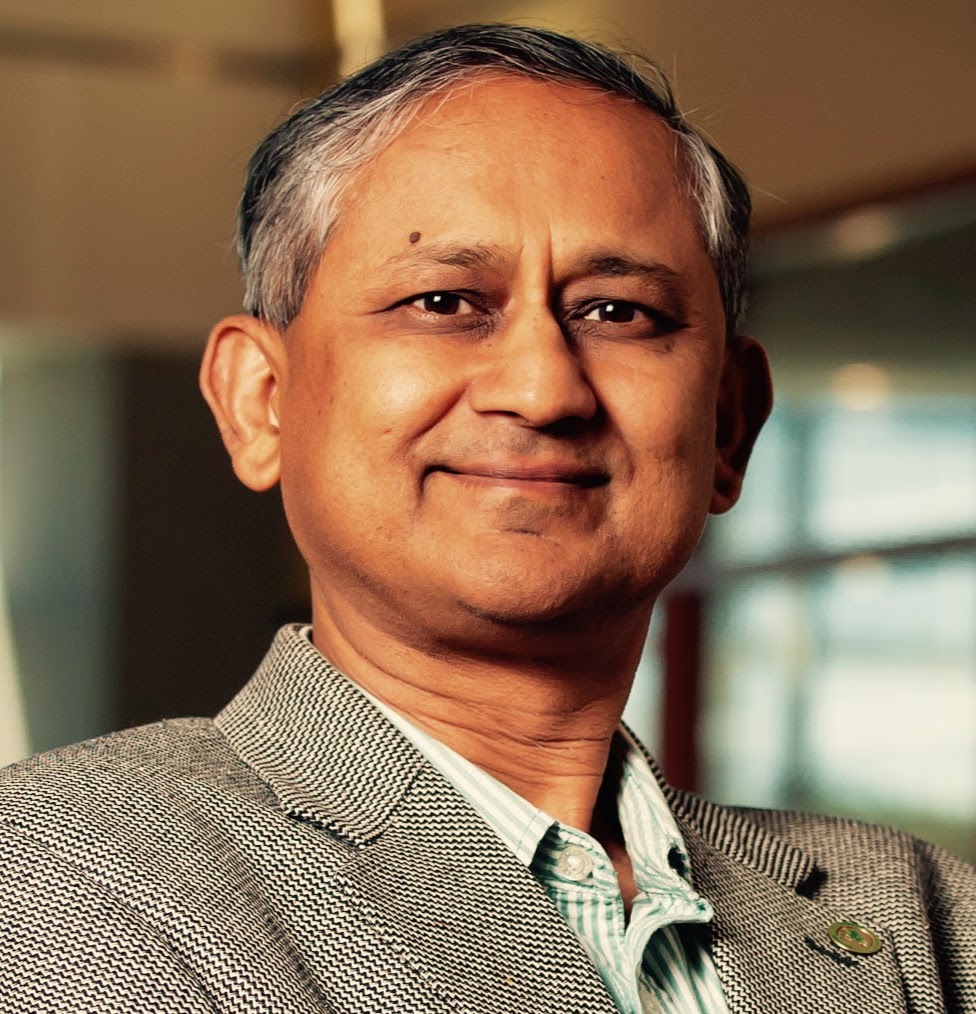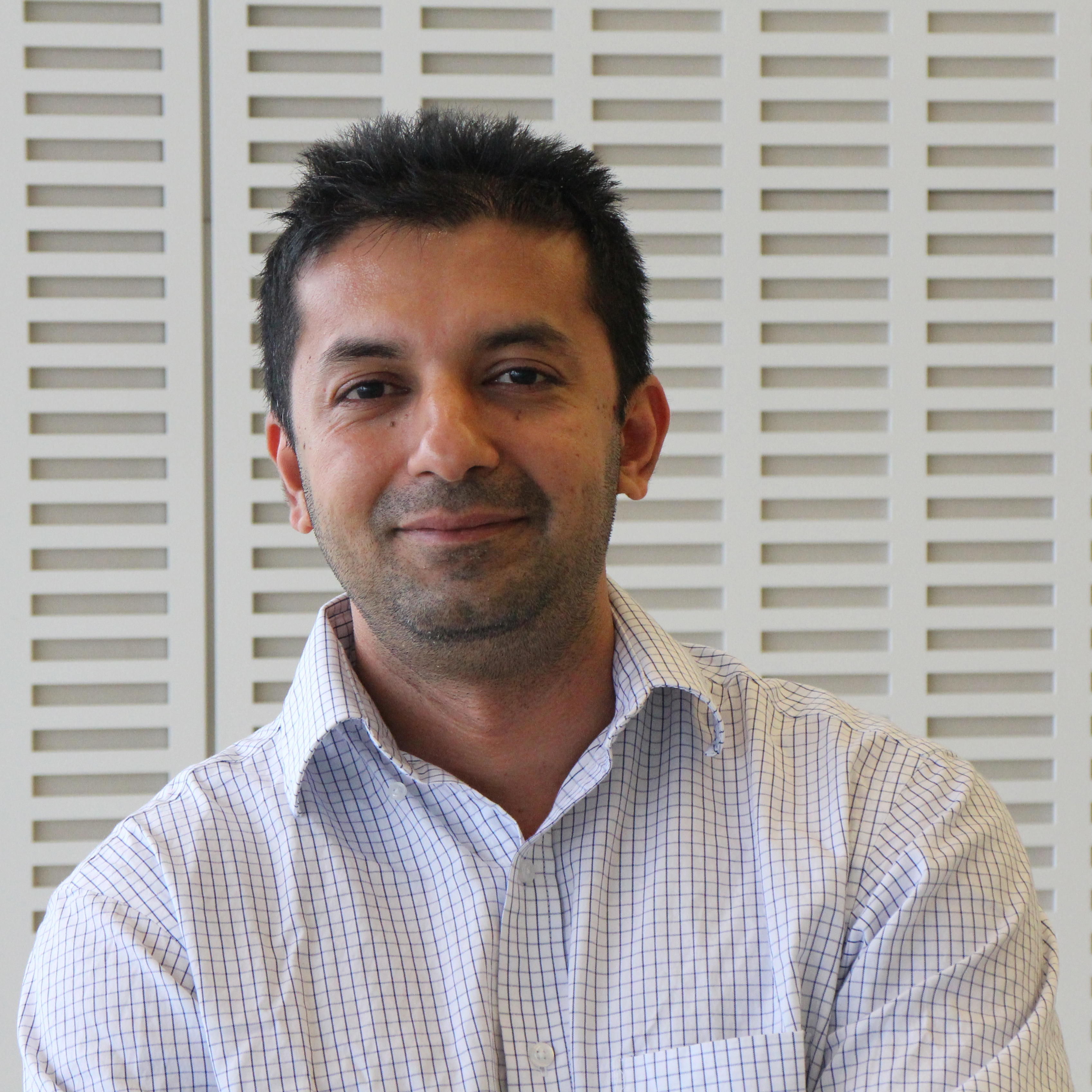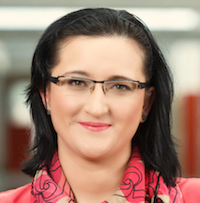The rich medical concepts connected by semantic relationships integrate EHR data into knowledge graphs to enable knowledge-intensive discoveries. But it is still an open field with lots of challenges. For example, data cannot be easily shared across different hospital systems due to privacy, security, and policy issues. Especially, EHRs are embedded in different commercial vendor systems which makes the integration of EHRs extremely troublesome. But the recent development of FHIR and FAIR standards tackled this problem from a different angle that data can be communicated, integrated and analyzed simultaneously not only for physicians, but also available at the patient side. Biomedical ontologies and semantic web technologies can empower knowledge-driven discovery in healthcare to enable better cohort identification for clinical trials, risk prediction, precision diagnosis, and efficient clinical decision support workflows. Even though the dramatic increase of healthcare data offers unprecedented opportunities for evidence-based care, the interoperability of EHRs and mining the integrated EHRs are still open to innovative solutions. In this workshop, we will welcome researchers from various domains to discuss and share latest progresses related to knowledge representation, semantic annotation, semantic mining, automatic reasoning, and semantic data management to promote innovative semantic approaches to address pressing needs in healthcare.
